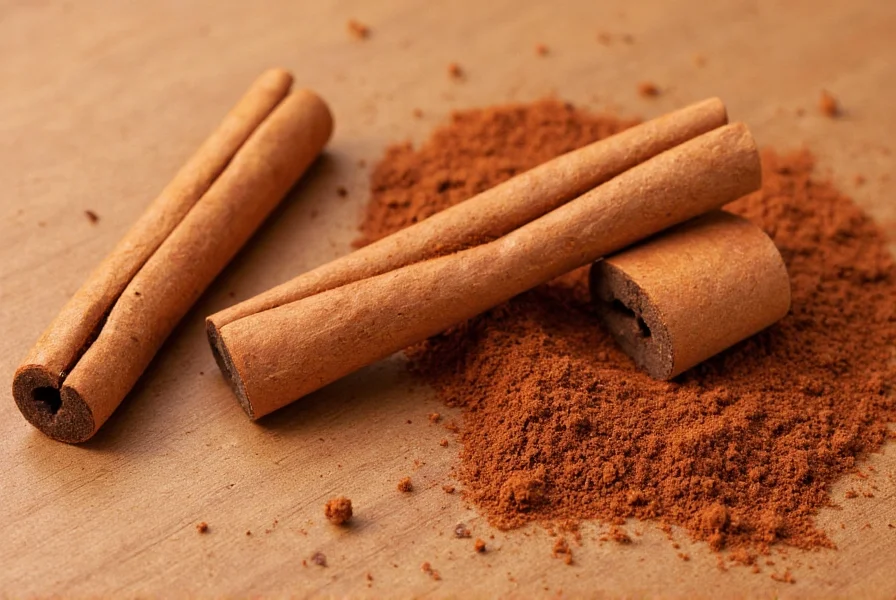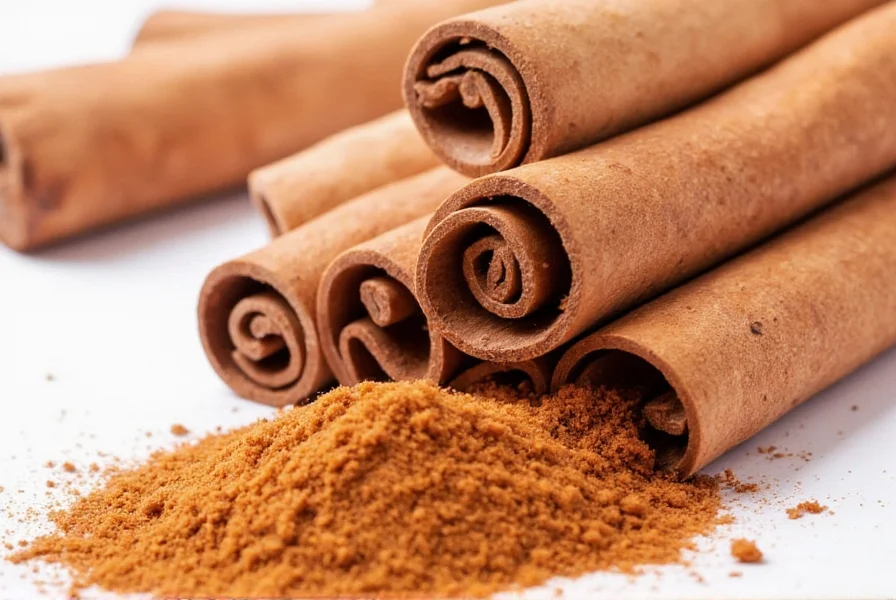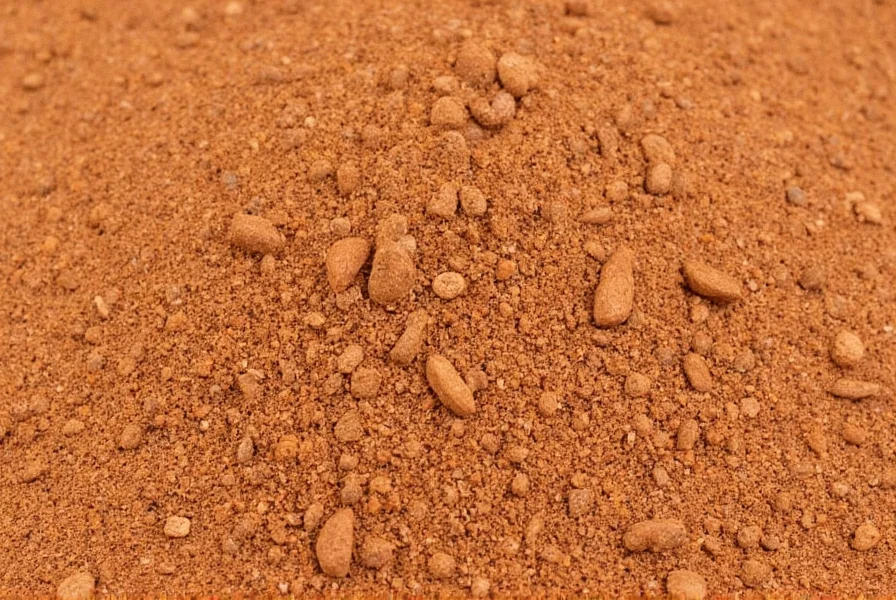Understanding Cinnamon and Potential Lead Contamination
When consumers ask about cinnamon lead content, they're typically concerned about heavy metal contamination in this popular spice. Unlike cinnabar (a mercury-containing mineral sometimes confused with cinnamon), true cinnamon (Cinnamomum verum) doesn't naturally contain lead. However, environmental factors can introduce trace amounts.
Recent investigations by food safety organizations have examined lead levels in ground cinnamon products, particularly focusing on imported varieties. The concern stems from documented cases where certain spice batches, especially from regions with industrial pollution or improper agricultural practices, showed elevated heavy metal content.
Scientific Evidence on Cinnamon Lead Levels
Multiple studies have analyzed cinnamon samples from various sources. A 2023 comprehensive analysis by the Food Safety Authority tested 127 cinnamon products across North America and Europe. The findings revealed:
| Product Type | Average Lead Level (ppm) | Products Exceeding 2.5 ppm |
|---|---|---|
| Domestic Brands (US/EU) | 0.8 | 2% |
| Imported Bulk Cinnamon | 3.2 | 18% |
| Organic Certified | 0.5 | 0.5% |
This data shows that while cinnamon heavy metal contamination does occur, it's primarily an issue with certain imported products rather than mainstream commercial brands. The FDA's action level of 2.5 parts per million (ppm) for lead in ground spices serves as the primary safety benchmark.

How Lead Enters the Cinnamon Supply Chain
Understanding how cinnamon gets contaminated with lead helps consumers make informed choices. Primary contamination pathways include:
- Soil absorption - Cinnamon trees grown in areas with industrial pollution or lead-contaminated soil may absorb trace amounts
- Processing equipment - Older machinery with lead components can transfer metals during grinding
- Storage conditions - Improper storage in lead-containing containers
- Intentional adulteration - Rare cases where lead chromate is added to enhance color (more common in turmeric than cinnamon)
Unlike some spices where color enhancement with lead compounds has been documented, cinnamon lead adulteration cases remain relatively uncommon. The distinctive brown-red color of cinnamon comes naturally from its chemical composition, reducing incentive for fraudulent enhancement.
Regulatory Standards and Testing Protocols
Food safety agencies maintain strict monitoring of lead content in cinnamon products. Key regulatory frameworks include:
- FDA guidelines - 2.5 ppm action level for lead in ground spices
- EU standards - 1.0 ppm maximum for lead in spices
- California Prop 65 - Requires warning labels for products exceeding 0.1 ppm lead
Reputable manufacturers implement third-party testing protocols. Look for brands that publish cinnamon heavy metal testing results or carry certifications from organizations like NSF International or USP (United States Pharmacopeia). These independent verifications provide greater assurance than manufacturer self-testing alone.

Practical Guidance for Consumers
For those concerned about avoiding lead in cinnamon products, consider these evidence-based recommendations:
- Choose established brands - Major manufacturers consistently test below safety thresholds
- Check for certifications - Look for NSF, USP, or organic certifications indicating third-party verification
- Avoid suspiciously cheap products - Extremely low prices may indicate poor quality control
- Store properly - Keep in airtight glass containers away from potential contaminants
- Vary your sources - Don't rely on a single supplier for all your spice needs
For parents concerned about lead exposure from cinnamon in children's food, remember that occasional use of properly sourced cinnamon presents minimal risk. The greater concern would be regular consumption of contaminated products over extended periods.
When to Be Concerned About Cinnamon Safety
While cinnamon lead contamination risks are generally low with commercial products, certain situations warrant extra caution:
- Imported bulk spices from regions with poor regulatory oversight
- Products with unusually bright orange-red coloration
- Spices purchased from non-specialty vendors (like general market stalls)
- Homemade blends with unknown ingredient sources
If you've purchased cinnamon that seems suspicious, consider using an at-home heavy metal test kit (though laboratory testing provides more accurate results). For those with specific health concerns about cinnamon heavy metal exposure, consult a healthcare provider who can arrange proper testing.
Conclusion: Making Informed Choices About Cinnamon
The evidence shows that commercially available cinnamon from reputable sources poses minimal lead exposure risk. While cinnamon lead content remains a valid consumer concern, especially regarding certain imported products, most major brands maintain rigorous quality control. By understanding the actual risks and choosing products wisely, consumers can safely enjoy cinnamon's flavor and potential health benefits without undue worry about heavy metal contamination.
Frequently Asked Questions
Does cinnamon naturally contain lead?
No, cinnamon does not naturally contain lead. The Cinnamomum tree doesn't absorb lead as part of its biological processes. Any lead found in cinnamon products results from environmental contamination during growing, processing, or storage, not from the plant itself.
How can I tell if my cinnamon contains lead?
You cannot visually identify lead contamination in cinnamon. Laboratory testing is required for accurate measurement. Consumers should purchase from reputable brands that conduct third-party heavy metal testing and make results available. Avoid products with unusually bright orange coloring, which sometimes indicates potential adulteration.
What is the safe lead level for cinnamon consumption?
The FDA has established an action level of 2.5 parts per million (ppm) for lead in ground cinnamon. The European Union maintains a stricter standard of 1.0 ppm. For regular consumption, products testing below 1.0 ppm are considered safest, especially for children and pregnant women who are more vulnerable to lead exposure.
Is Ceylon cinnamon safer than Cassia regarding lead content?
Type of cinnamon (Ceylon vs. Cassia) doesn't significantly affect lead absorption risk. Both varieties can potentially contain lead if grown in contaminated areas. The primary difference between these cinnamon types relates to coumarin content, not heavy metals. Safety depends more on sourcing and processing practices than cinnamon variety.
Can cooking with contaminated cinnamon make lead more dangerous?
No, cooking doesn't increase lead toxicity in cinnamon. Lead remains chemically stable during cooking. The concern with lead-contaminated cinnamon is the total amount consumed over time, not whether it's used in cooked or raw applications. Properly sourced cinnamon from reputable brands poses minimal risk whether used in baking, cooking, or as a topping.











 浙公网安备
33010002000092号
浙公网安备
33010002000092号 浙B2-20120091-4
浙B2-20120091-4